John and Mary Kormendy: Florida Birding 2023
After our 2023 January-March Seabourn cruise from Chile via Antarctica and the east coast of South America to Miami, Florida, we birded for 10 days in south Florida. We concentrated on the Florida Keys and Everglades National Park. John got 3 new birds and Mary got 4 -- small numbers but excellent birds. This web site contains the bird pictures from that trip. This web site is finished.
Pictures from the cruise are posted here and pictures from the Chile part of that trip (which overlaps with the cruise for its first 3 destinations) are posted here.
Pictures are copyrighted and should not be used without permission.
Trip Bird
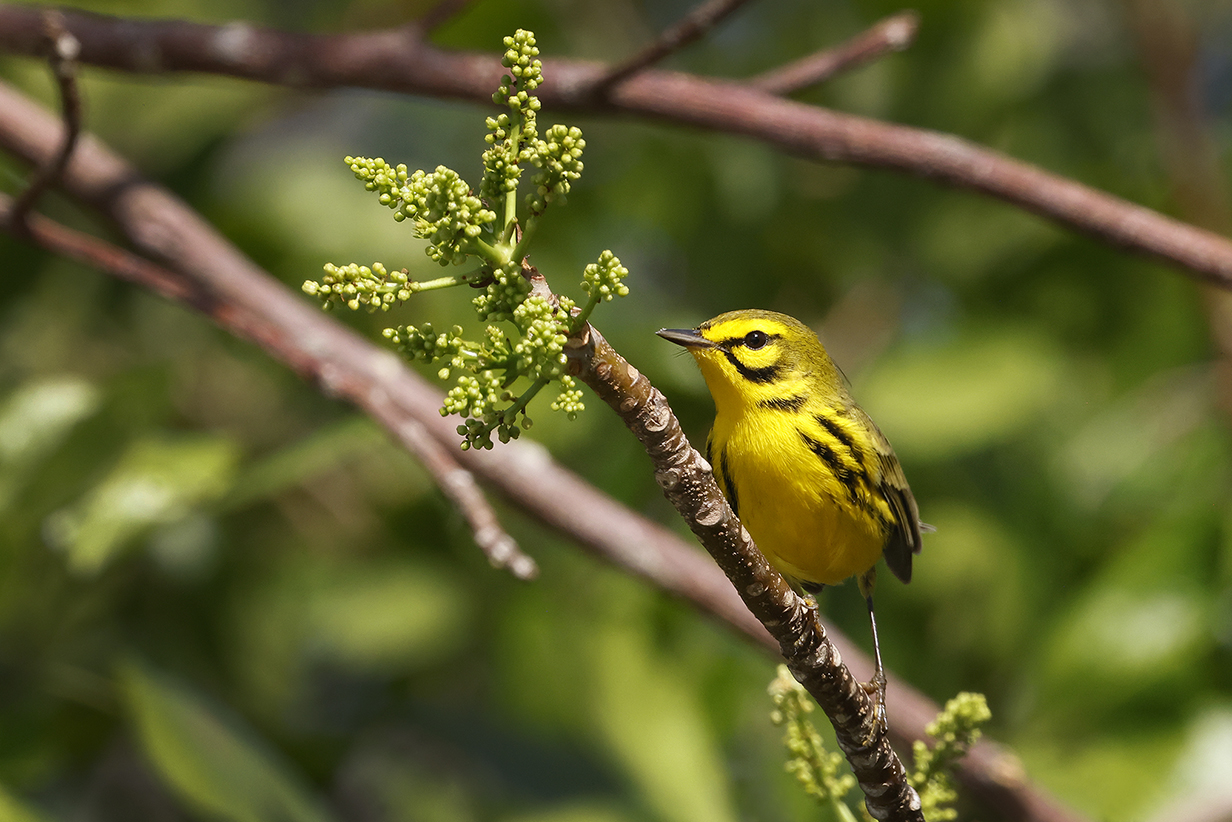
Our trip bird is unquestionably Prairie warbler, seen on two days at Long Key State Park in the Florida Keys. We have been looking for this bird for more than 20 years. Now we got excellent, prolonged views from as close as 10 feet -- an absolute delight.
The Birds

White ibis at Pa-Hay-Okee in Everglades National Park. We went there only once on our last morning. We wish we had discovered it earlier and gone more often, especially near sunrise and sunset. It looks like a wonderful place for rails.)
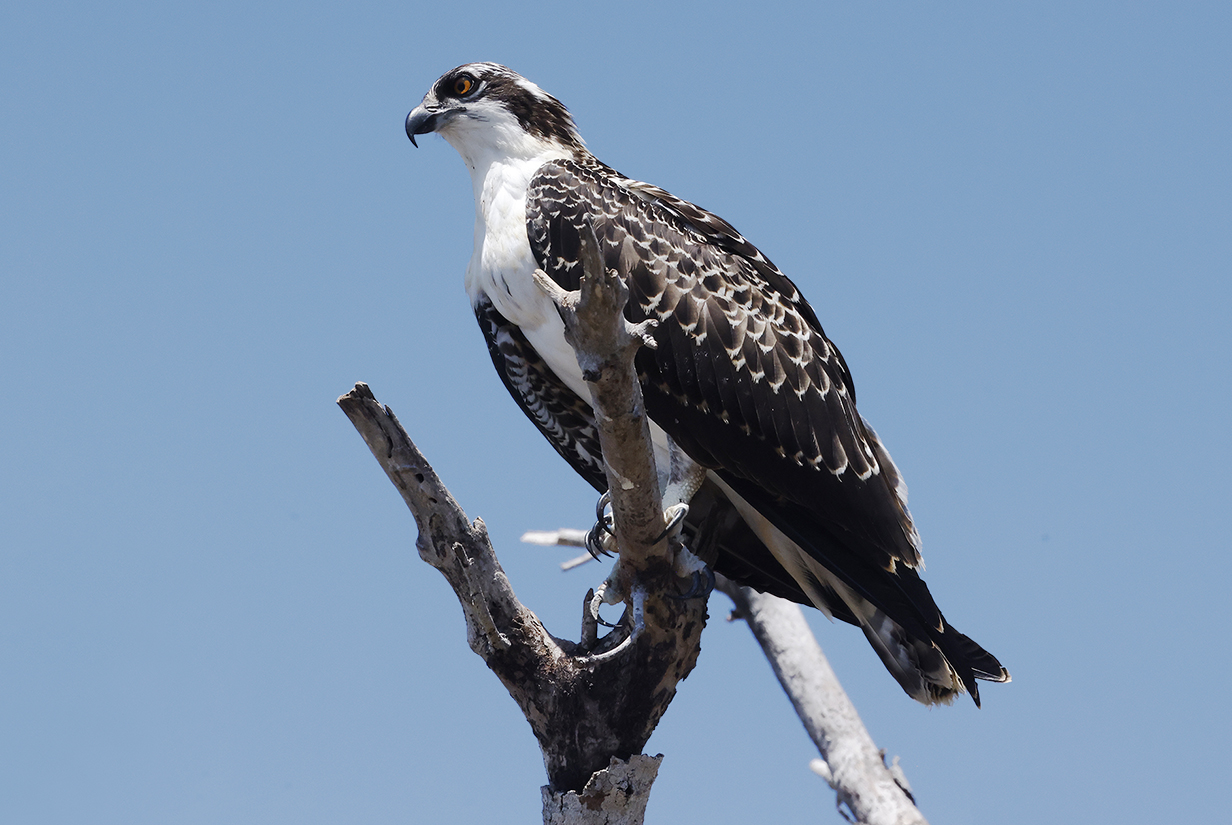
Osprey at Flamingo in Everglades National Park
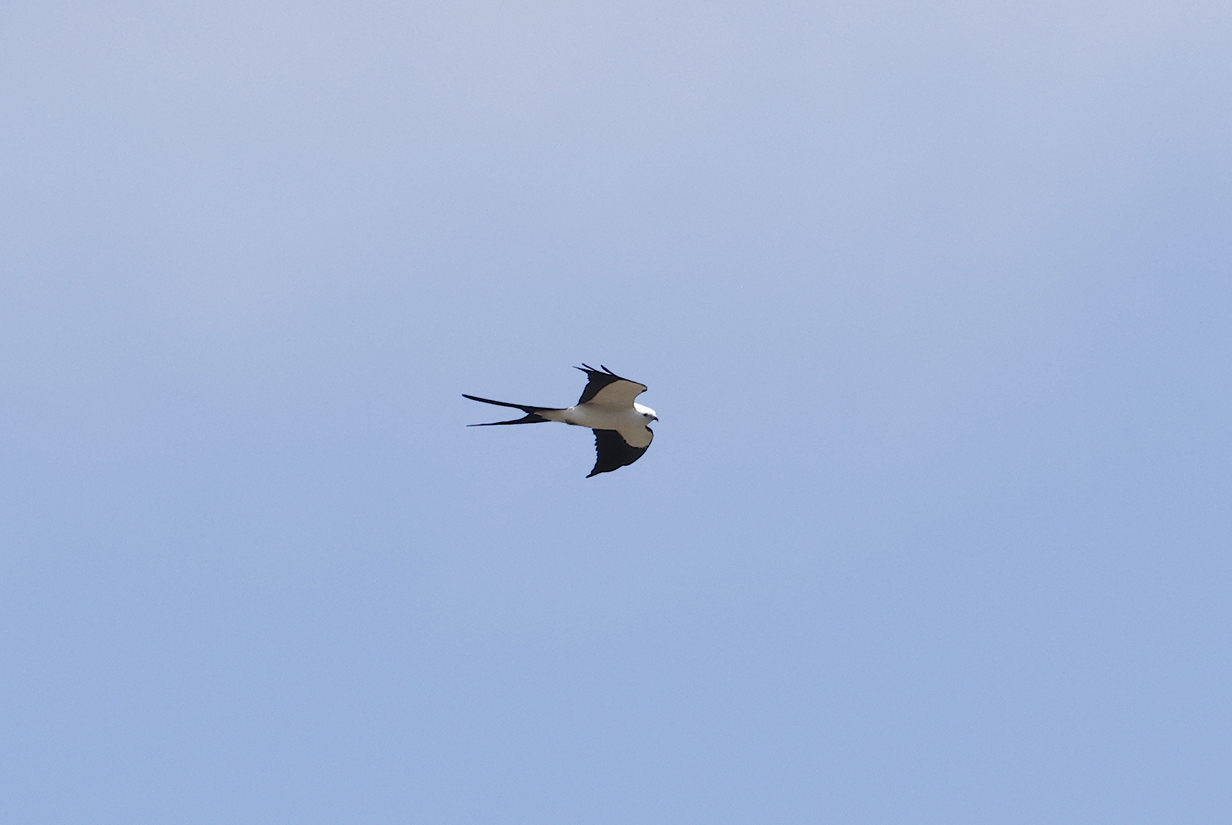
Swallow-tailed kite (This is not remotely a competitive picture, but it is our memory of a nice sighting.)
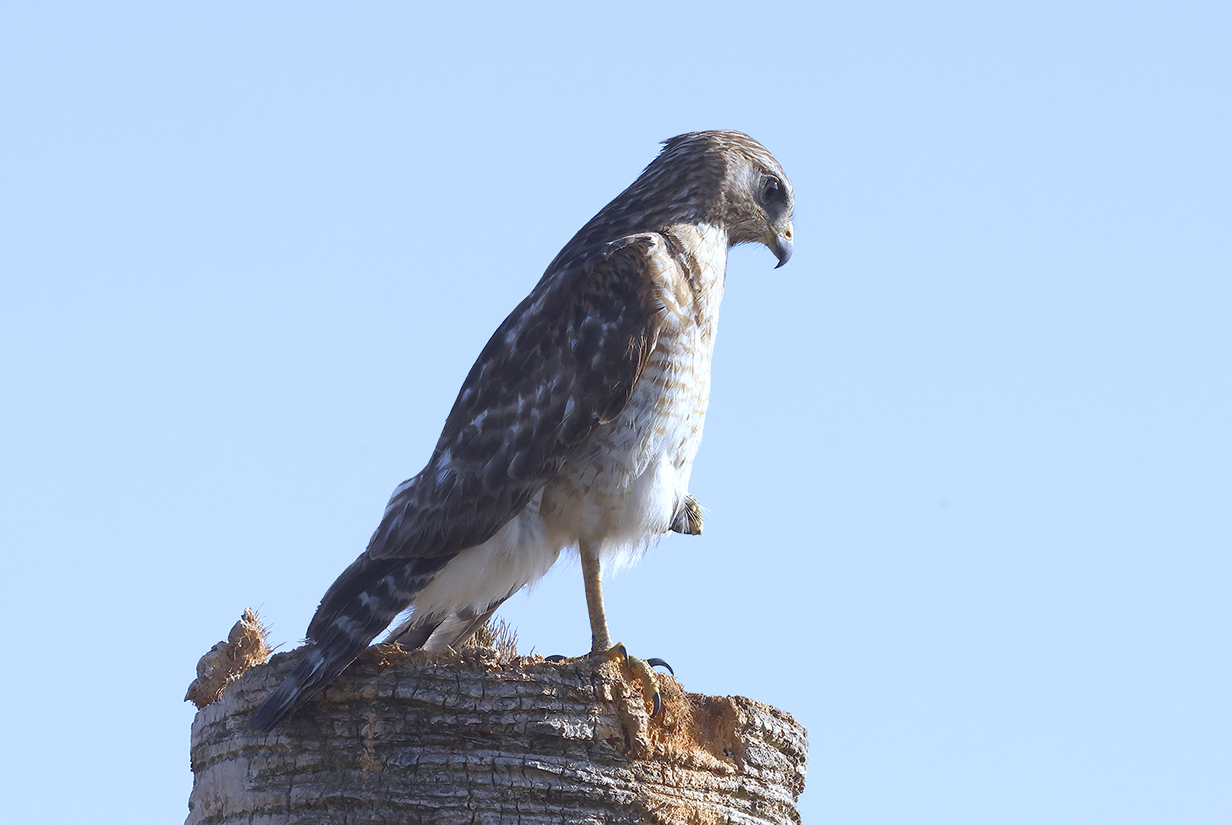
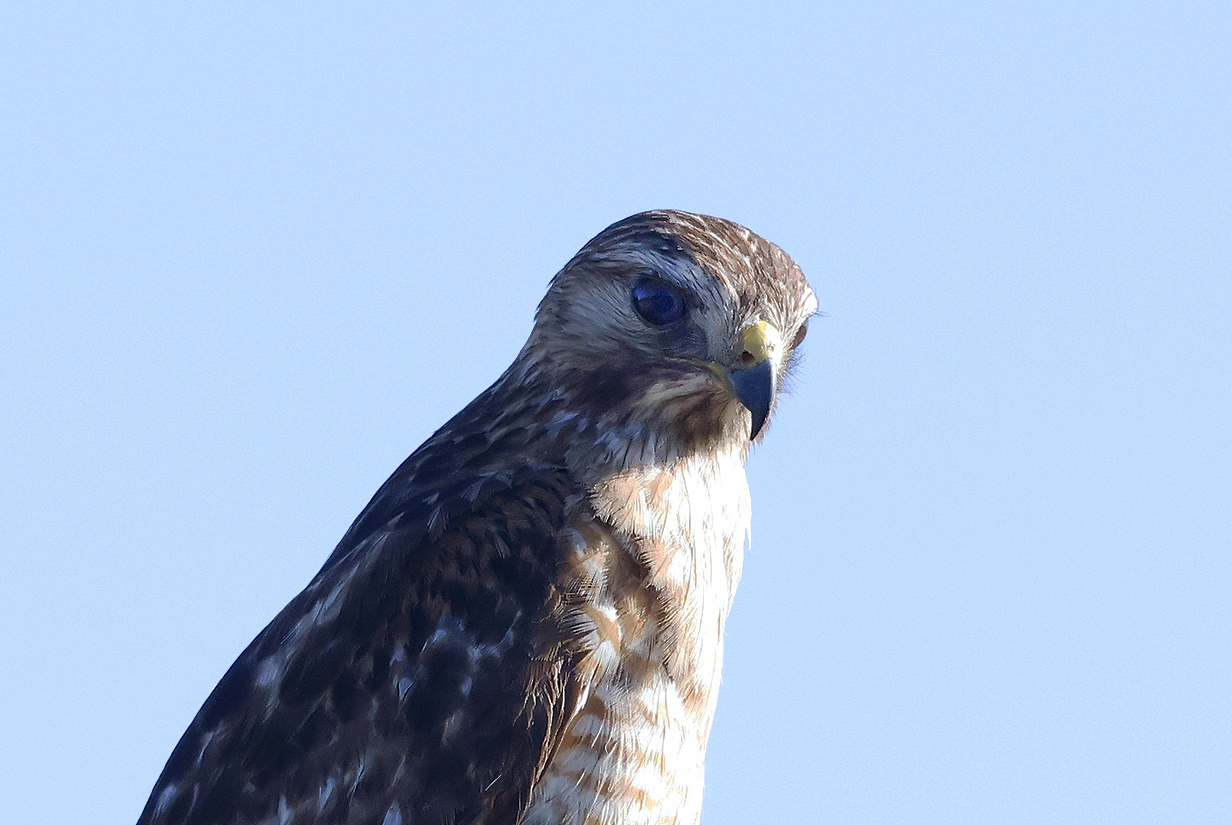
Red-shouldered hawk (light-colored Florida subspecies Buteo lineatus eximus)
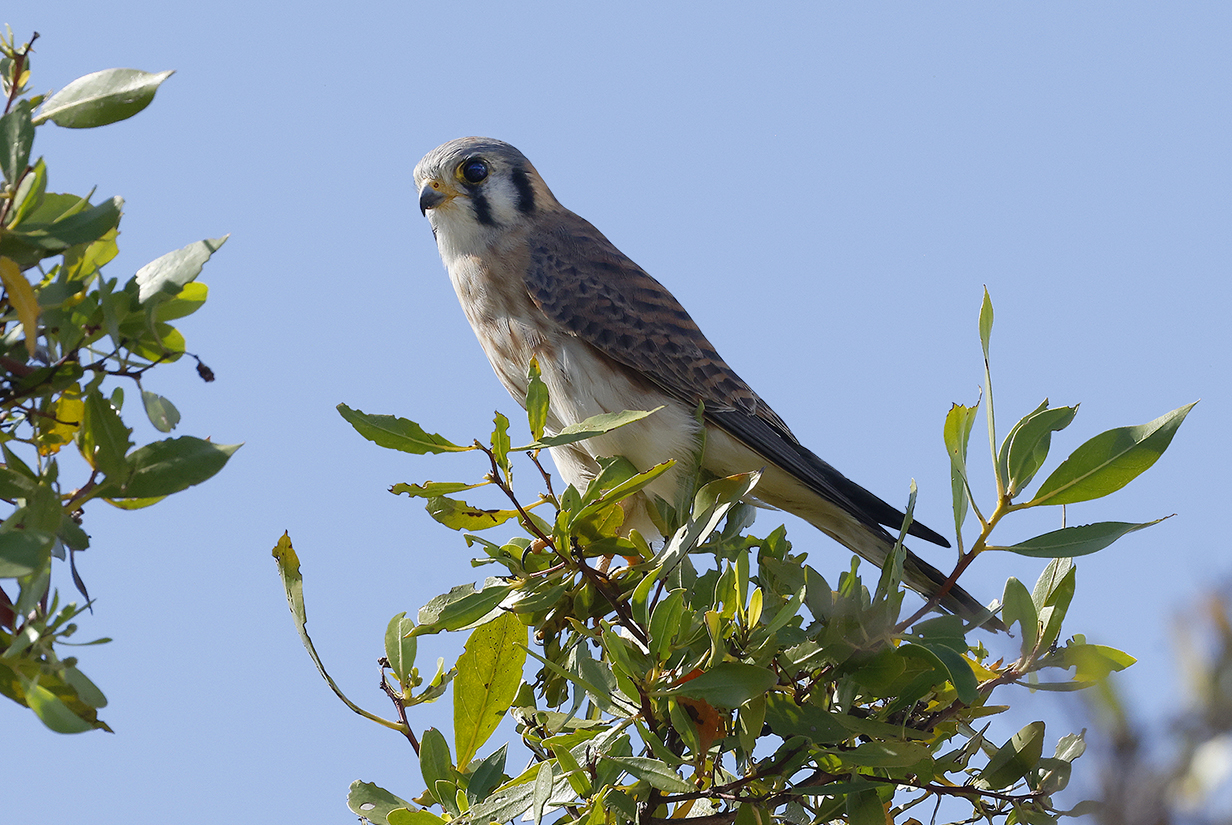
American kestrel (female)
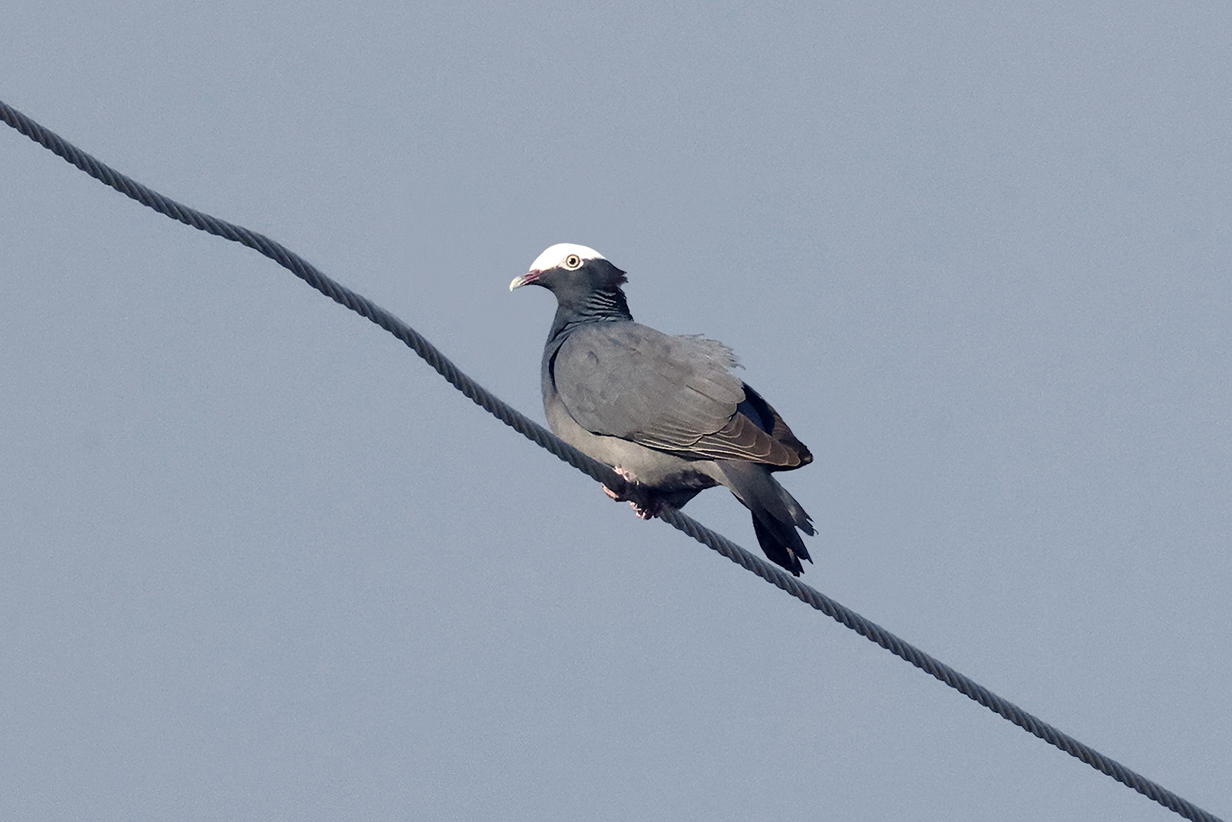
White-crowned pigeon (We got our life bird on Key Largo, but this one was on Key West. We saw this Caribbean iconic species three times but never up close.)
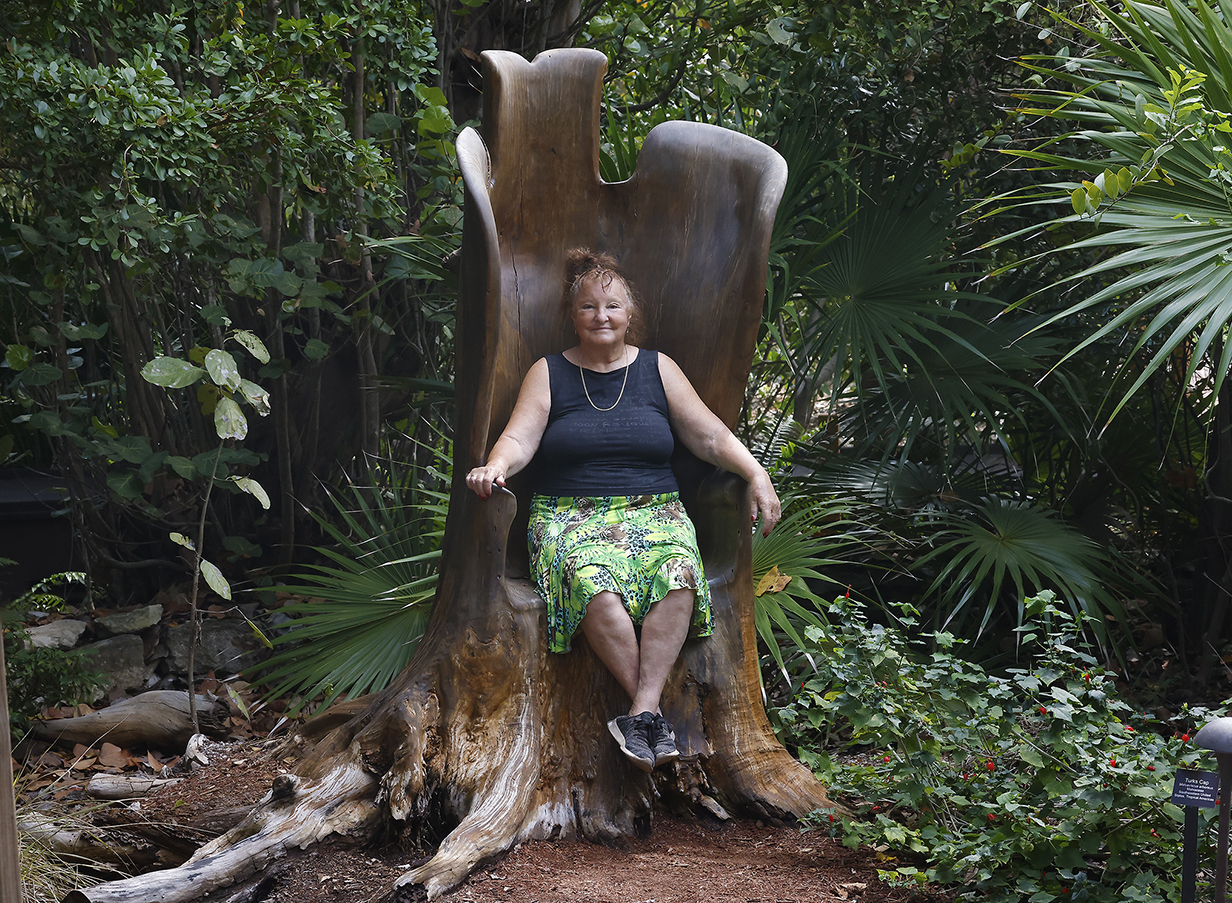
Mary at Key West Tropical Forest and Botanical Garden. We got our best look at White-crowned pigeon near here, at the adjacent golf course and (above) just outside Key West White-Crowned Pigeon Park.
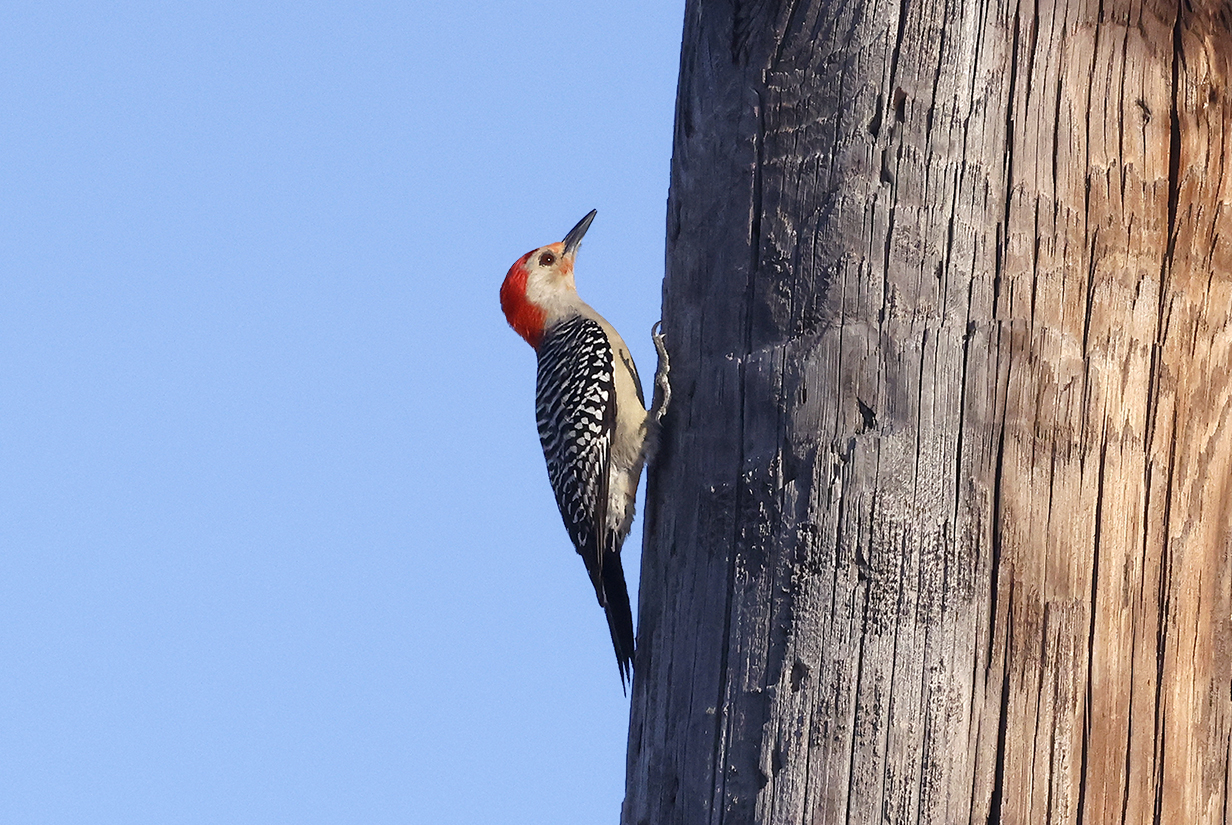
Red-bellied woodpecker (This male did not come close, but he did give us a classic portrait pose.)
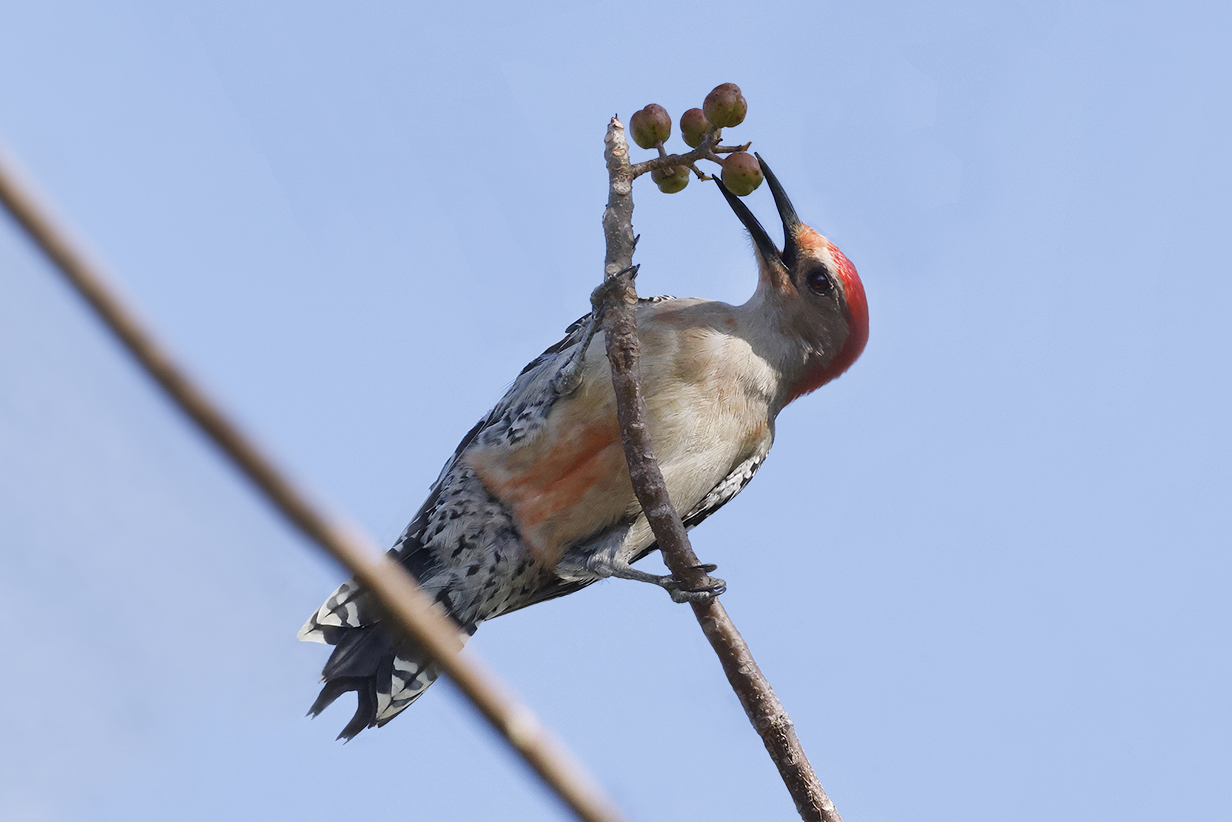
Red-bellied woodpecker at Long Key State Park
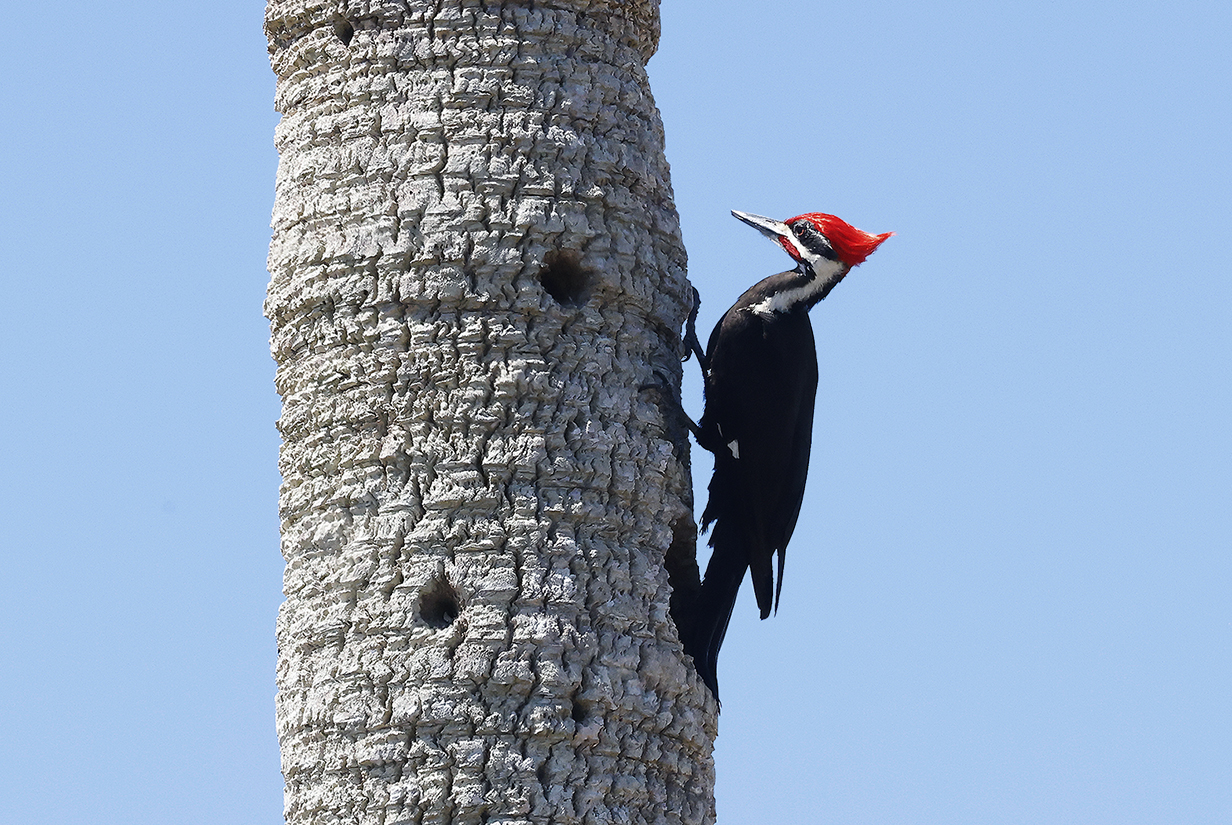
Pileated woodpecker at Flamingo in Everglades National Park
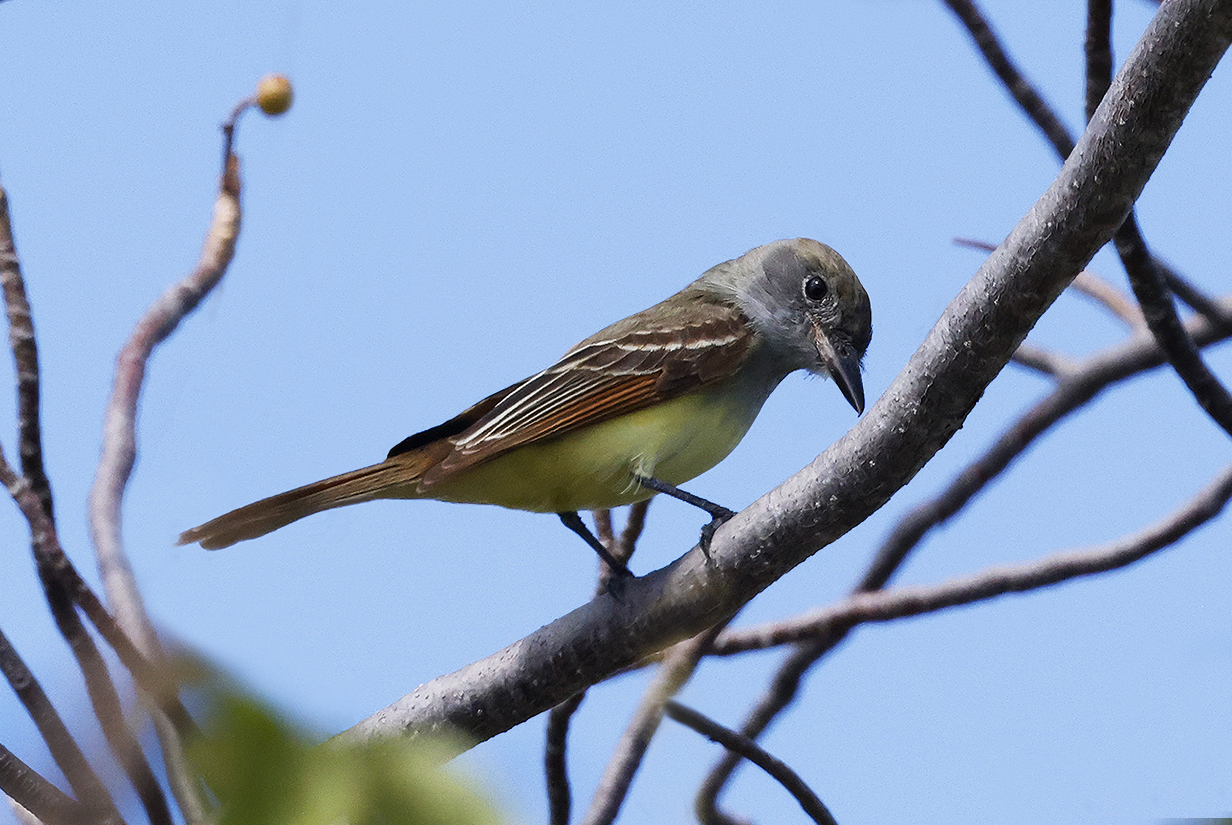
Great crested flycatcher at Long Key State Park
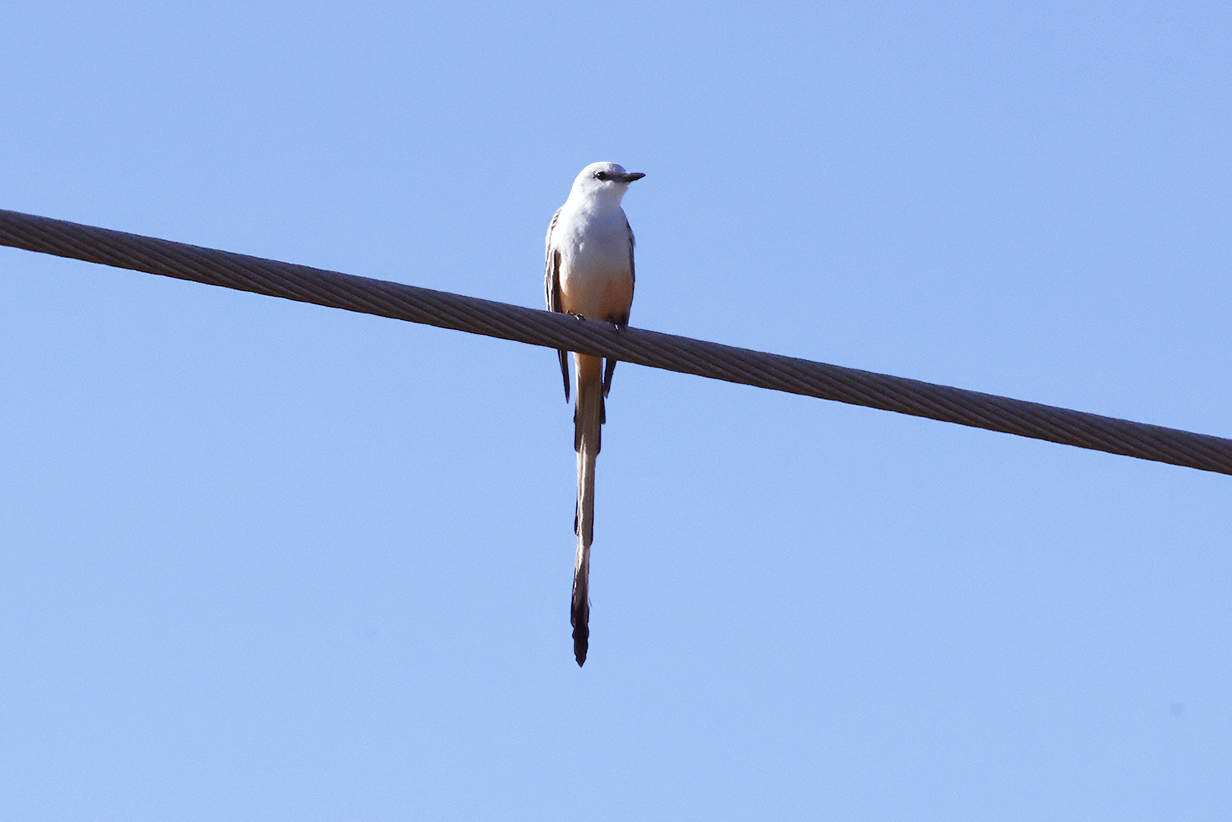
Scissor-tailed flycatcher (common where we live in Texas but rarer in Florida)
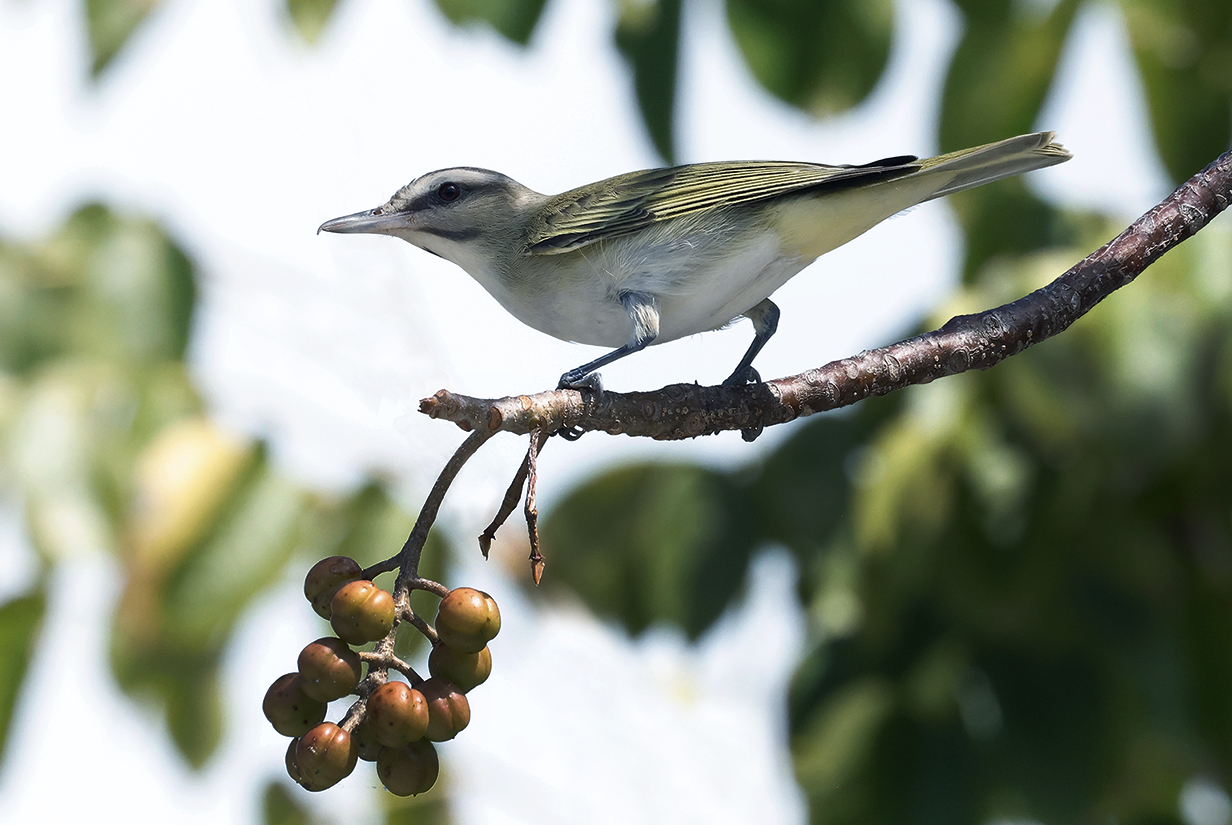
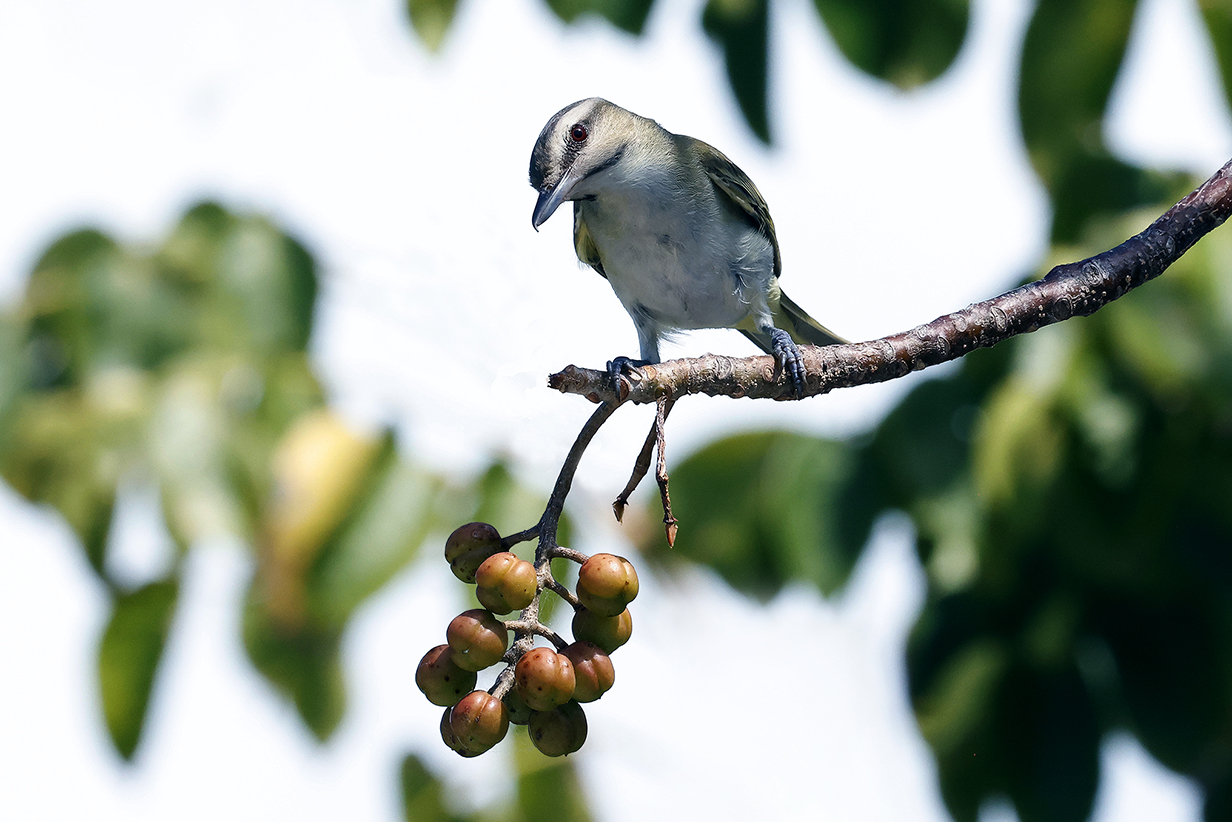
Black-whiskered vireo (This is Mary's life bird, at Long Key State Park. John got this species in Martinique, but only with a marginal view. It was very satisfying to see it so well now.)

Florida scrub-jay (This is John's life bird; Mary got hers several years ago at Fort Myers. This bird was at Jonathan Dickinson State Park, just north of Jupiter, Florida -- well known as one of the most southern "hot spots" for the species. Still, this is the only Florida scrub-jay that we saw in two days of trying. So we are happy that it let us come close, even though the sun angle is not favorable.)


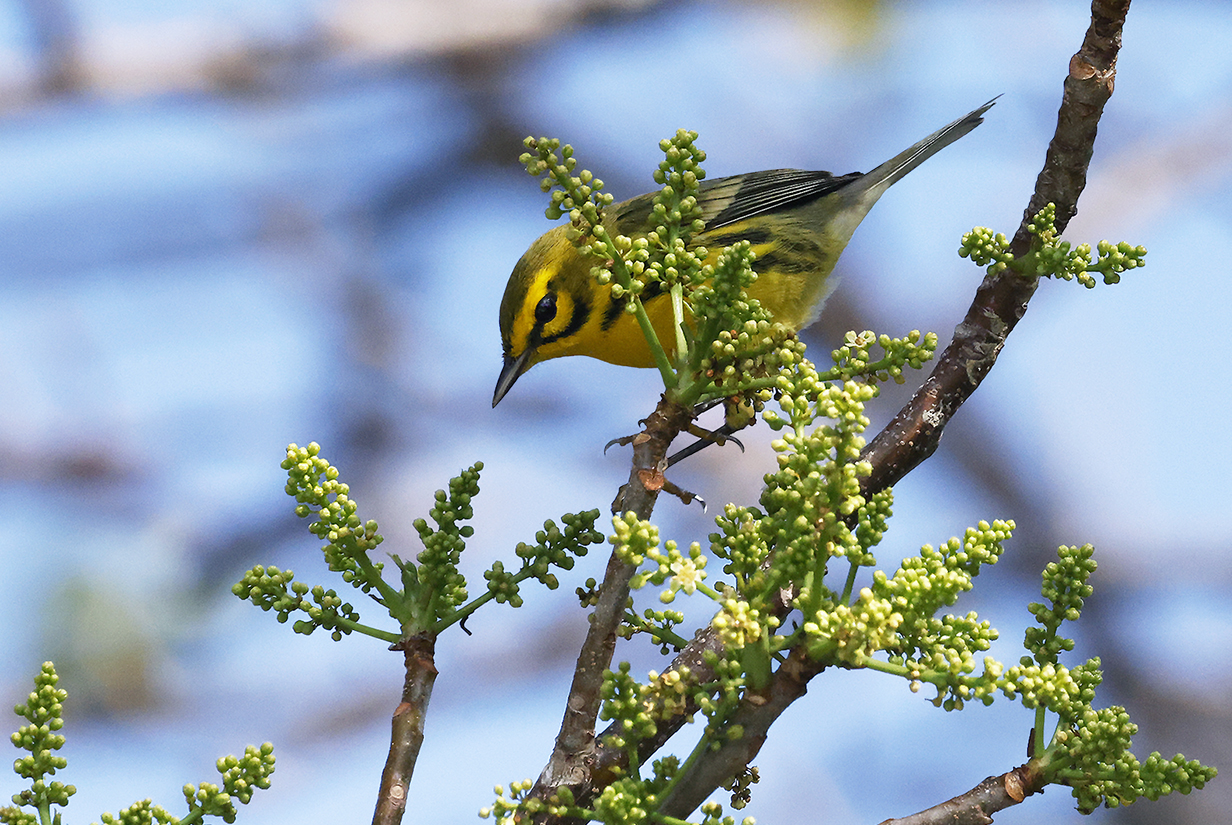
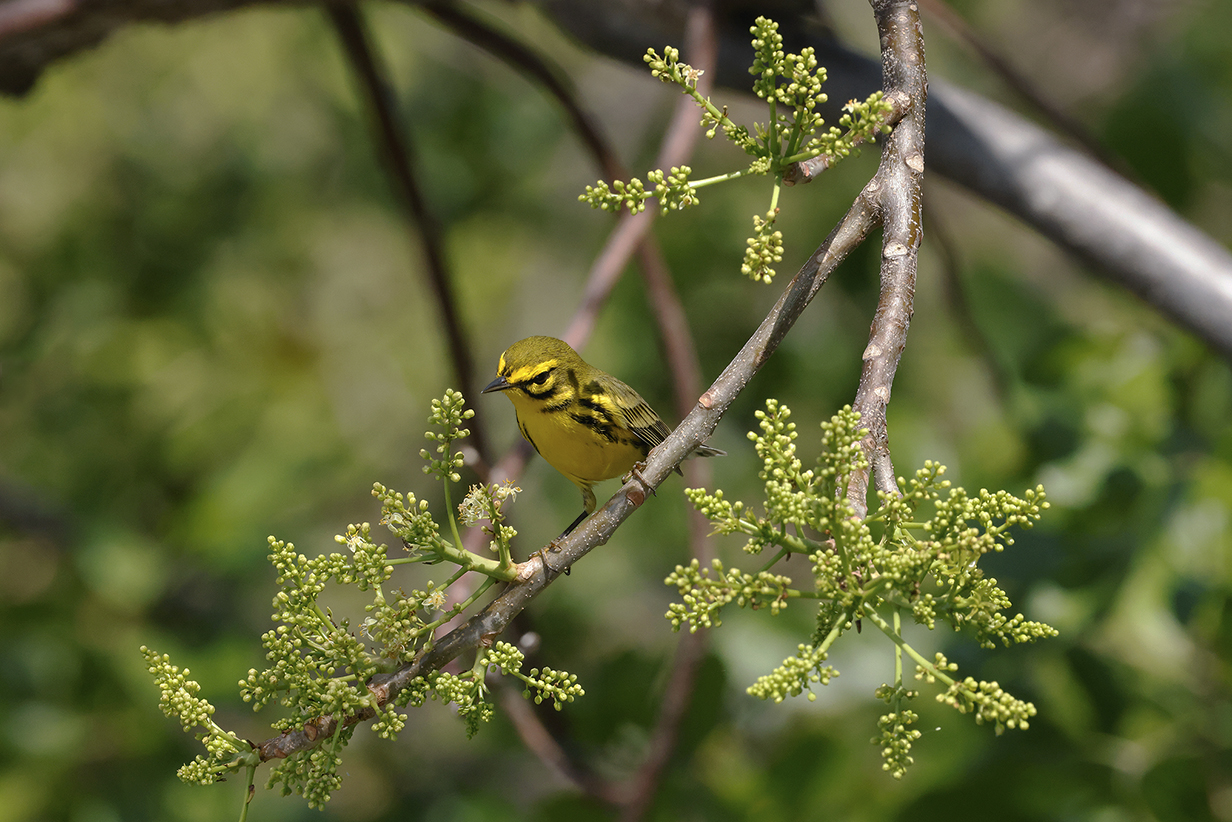
Prairie warbler (This is our life bird.)
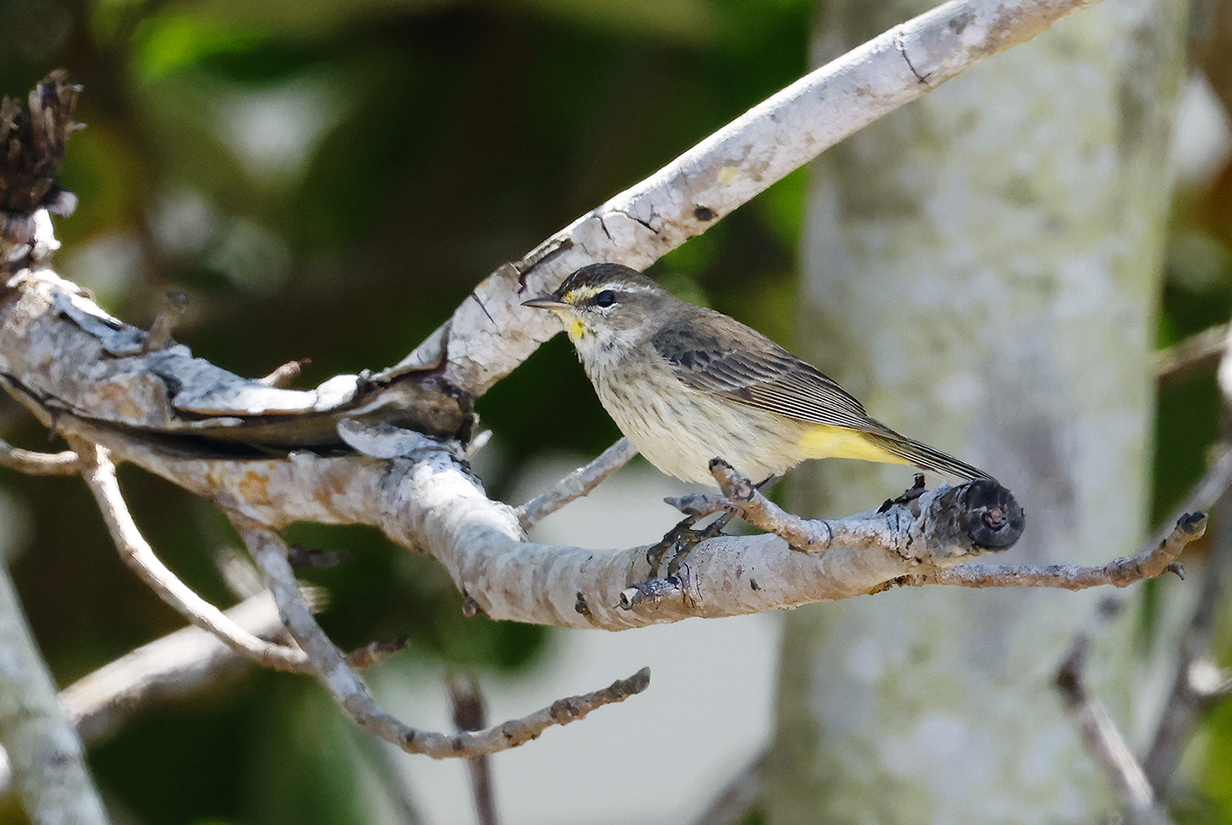
Palm warbler at Jonathan Dickinson State Park. This looks like the western subspecies, Setophaga palmarum palmarum. Note the brown (not reddish) cap.


Palm warbler (This bird looks decidedly intermediate between the extreme "Yellow" subspecies Setophaga palmarum hypochrysea and the extreme "Western" subspecies The birds that look most like this one in ebird photos are called "Western" there. In any case, Palm warbler -- which we have seen only very rarely and only at High Island, Texas -- was common in south Florida. This one was at Crandon Park, Key Biscayne.)
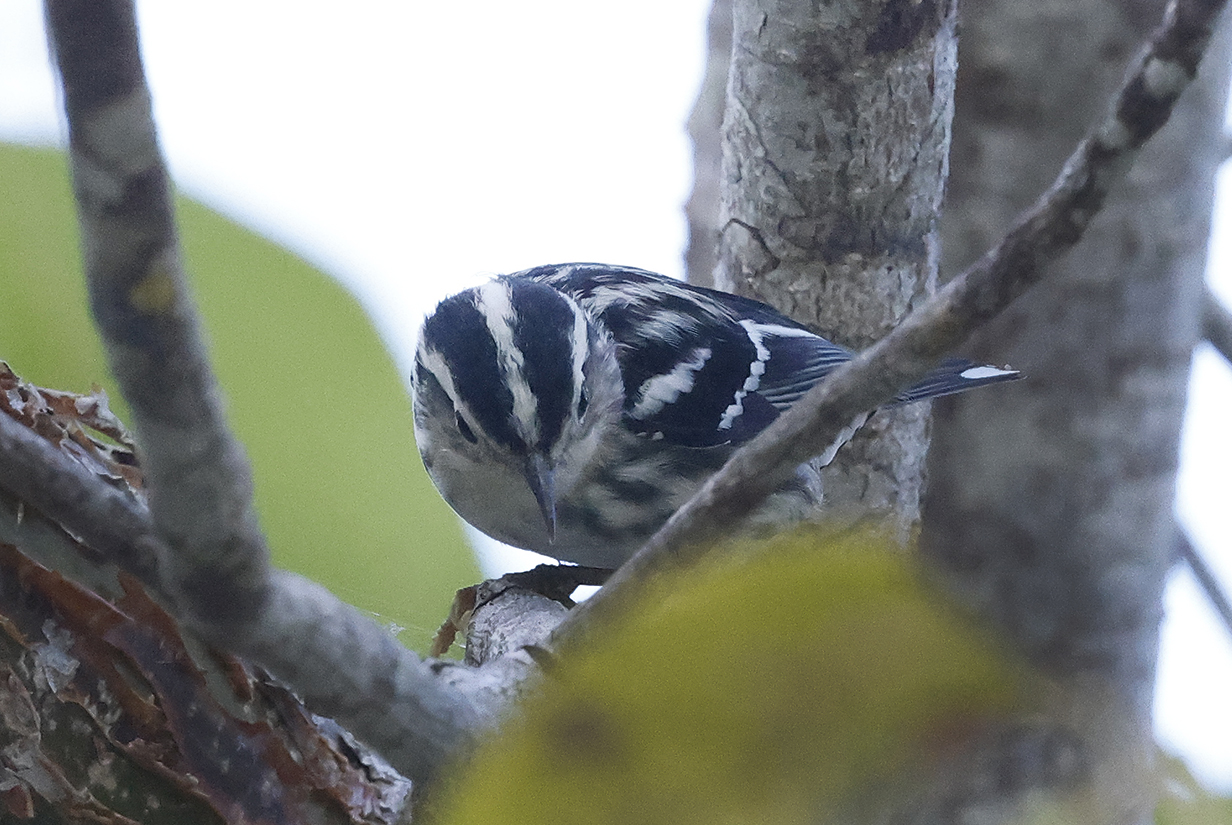
Black-and-white warbler at Key West Tropical Forest and Botanical Garden

Orange-crowned warbler (backlit)
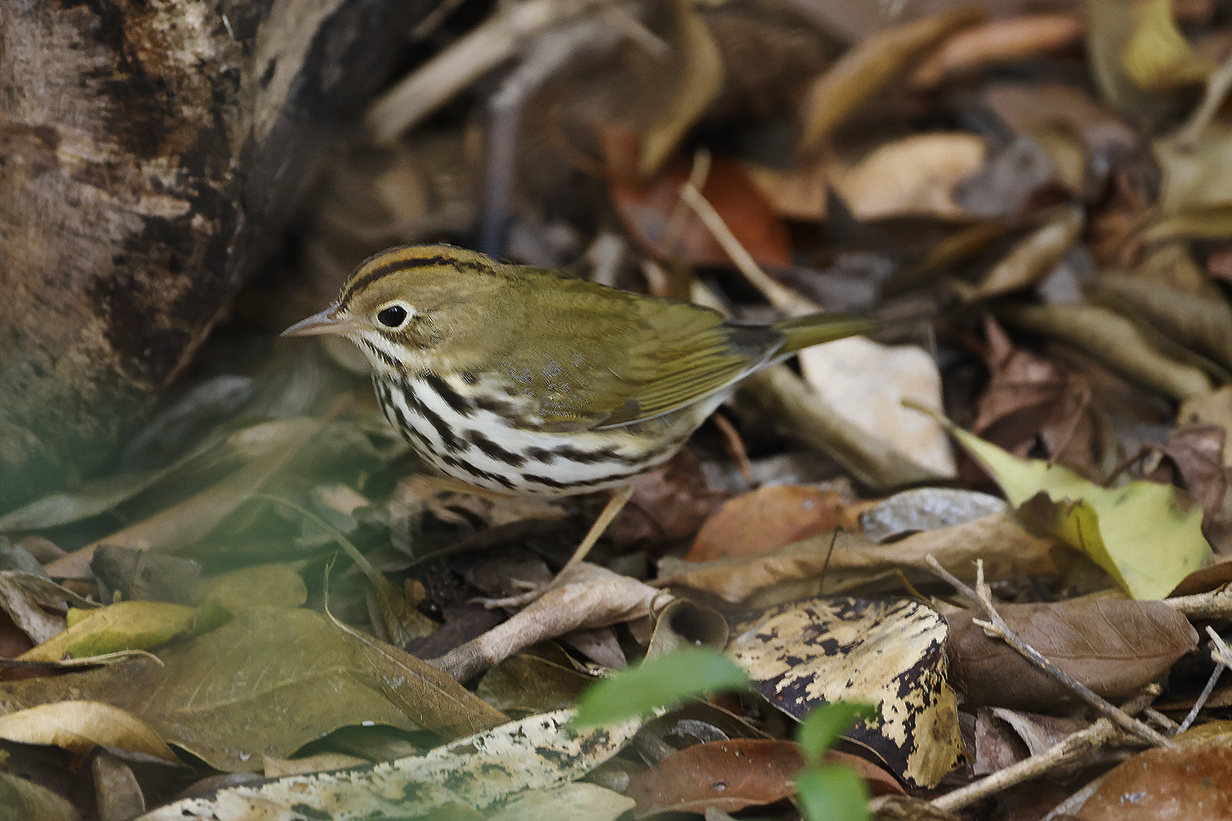
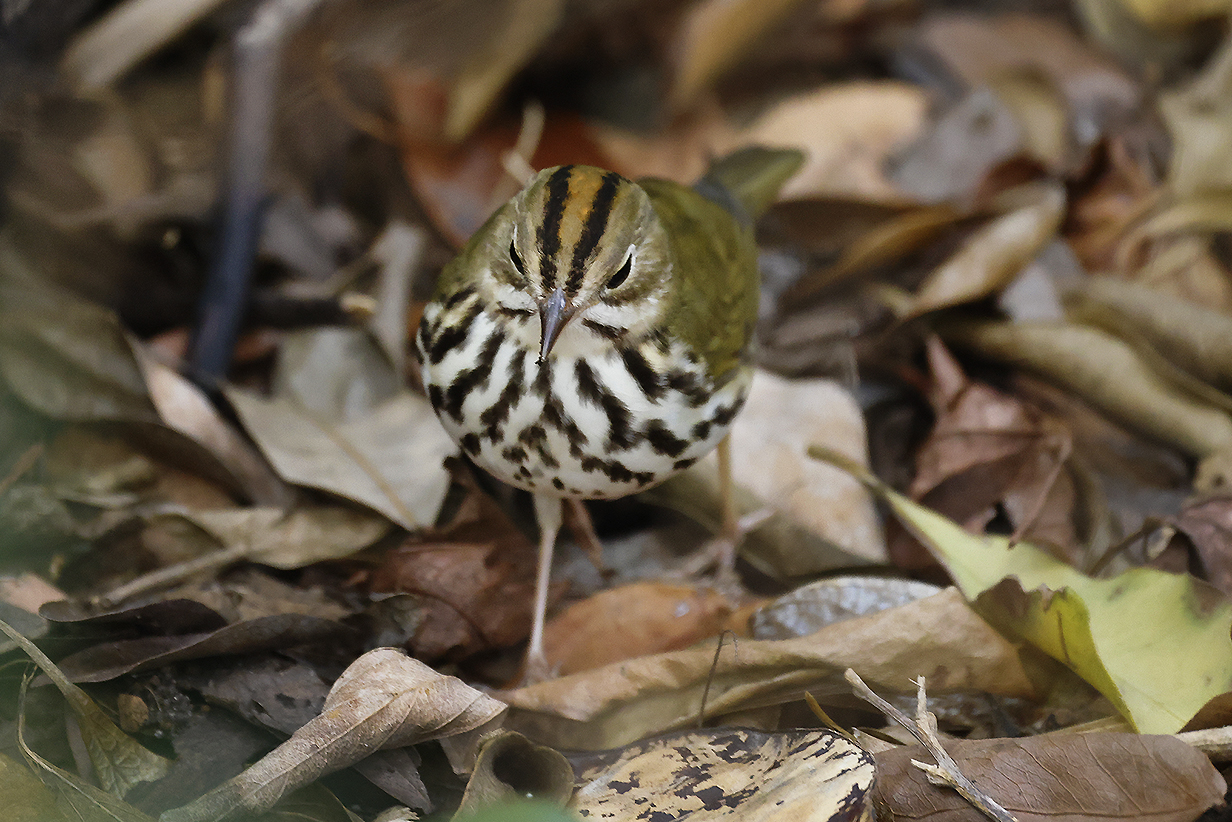
Ovenbird at Long Key State Park -- a nice surprise!
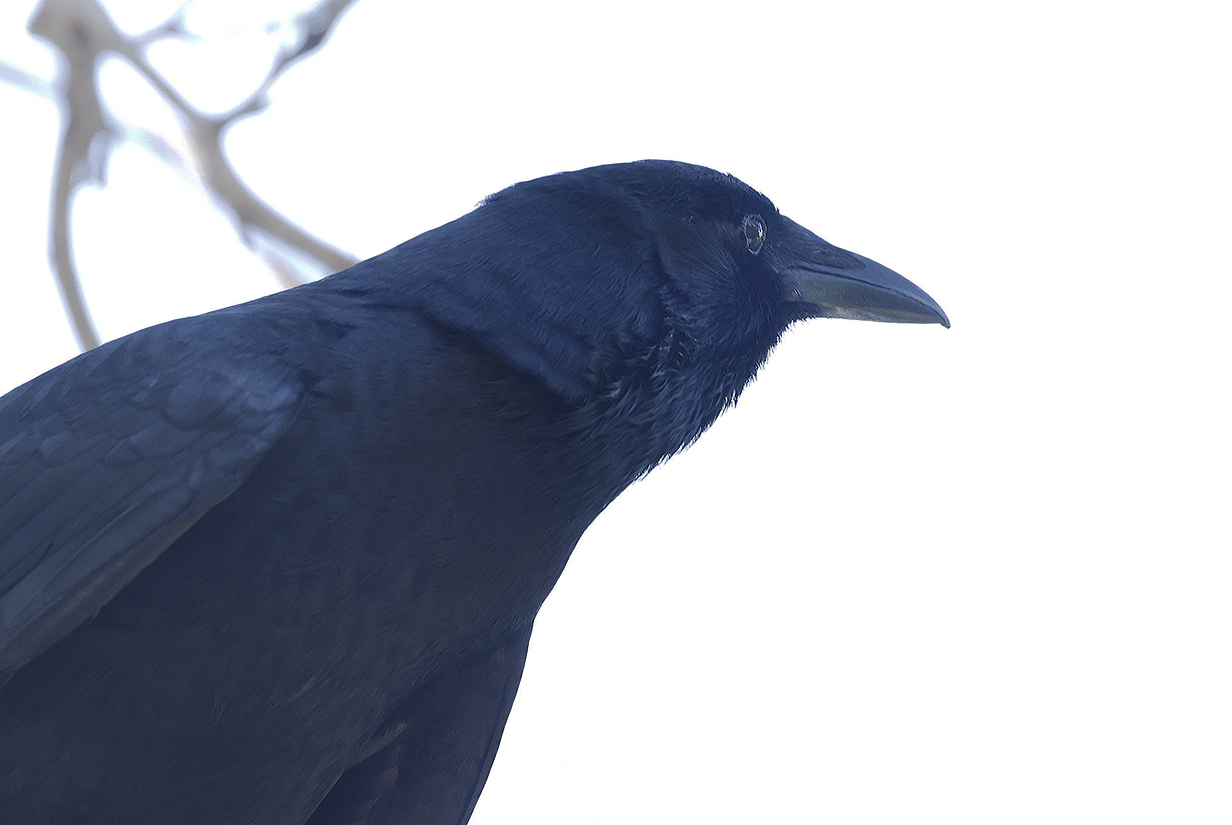
Fish crow at Crandon Park, Key Biscayne. Unmistakably "caws through a kazoo".
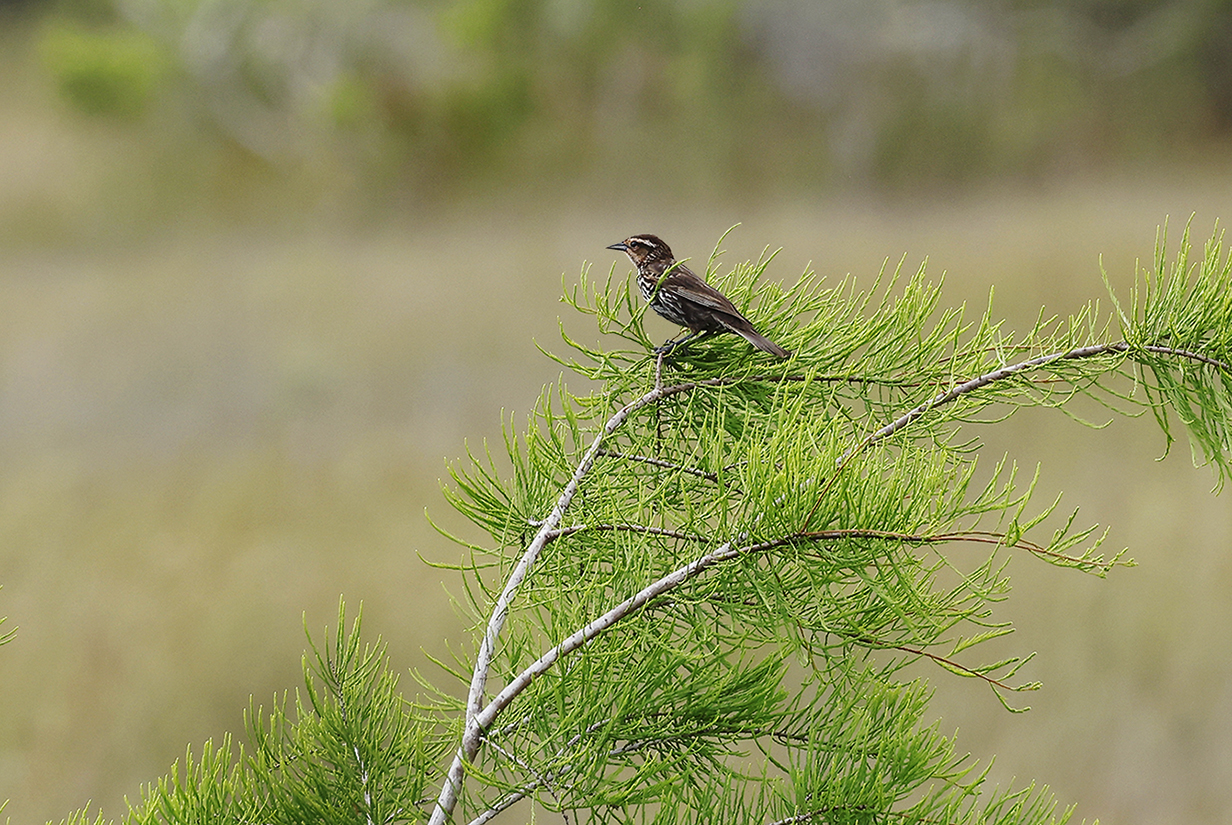
"Cape Sable" Seaside sparrow (This is rare subspecies Ammospiza maritima mirabilis. We have seen Seaside sparrow fairly often, but this is our "life bird" of subspecies mirabilis. It was not easy to get, even though there are very specific published instructions to look for the bird "about 1/2 mile beyond the Mahogany Hammock turnoff from Main Park Road in Everglades National Park". It was quickly clear that the bird does live in the saltgrass there: we heard it easily. But it came up high enough to be seen only rarely, usually when flushed by some other bird, often Redwing blackbird or another Seaside sparrow. It took 3 days of trying, but we finally got a definitive look ... albeit not from very close.)
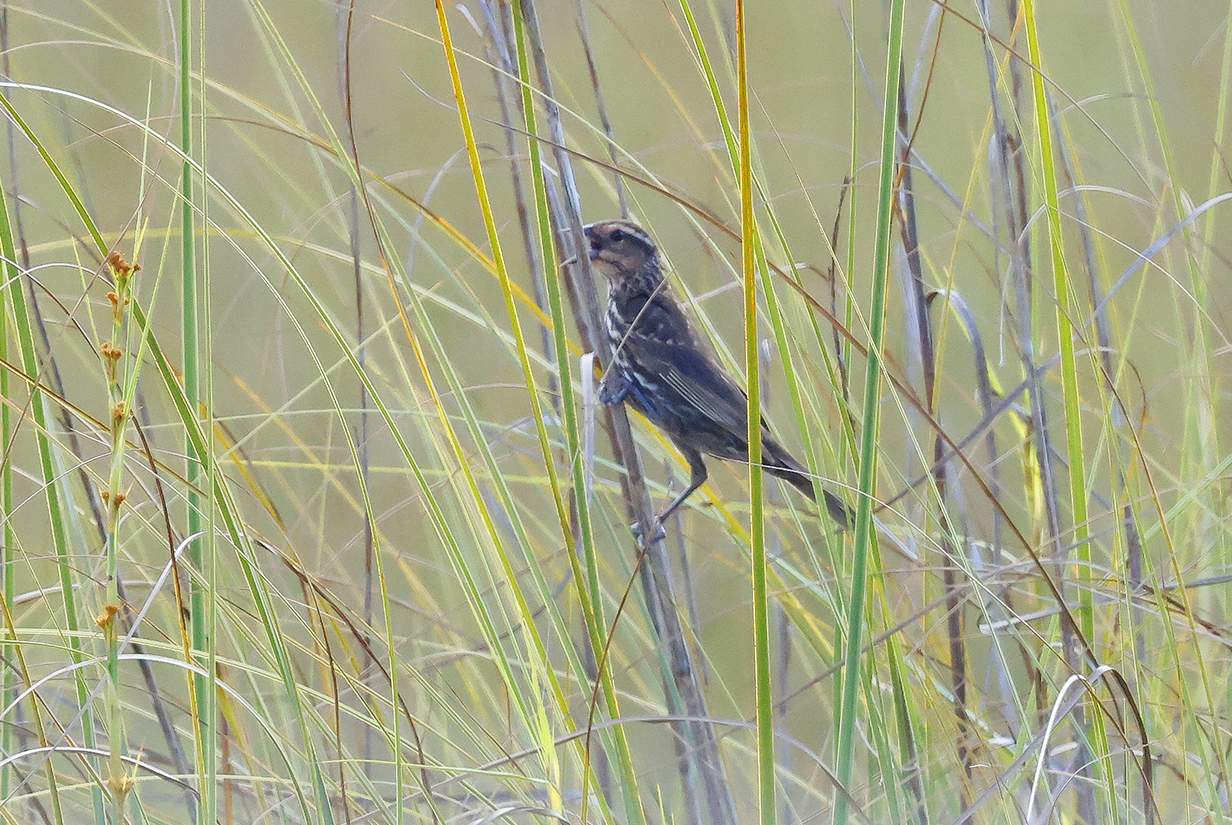
Cape Sable Seaside Sparrow (In retrospect, a picture that we got on an earlier day captures the bird well, though we were not sure enough of it at the time.)

Boat-tailed grackles (female at left, male at right) outside our motel in Florida City. The birds were nesting and were noisily upset by our presence. Several times, a bird attacked John and grabbed his hair. We had never experienced this, although we have heard that it is done by Australian magpies. Interesting experience!

Common myna (Evolved for conditions in India and Southeast Asia, mynas are "over-engineered" for almost all of the gentler habitats to which they have been introduced, including south Florida.)
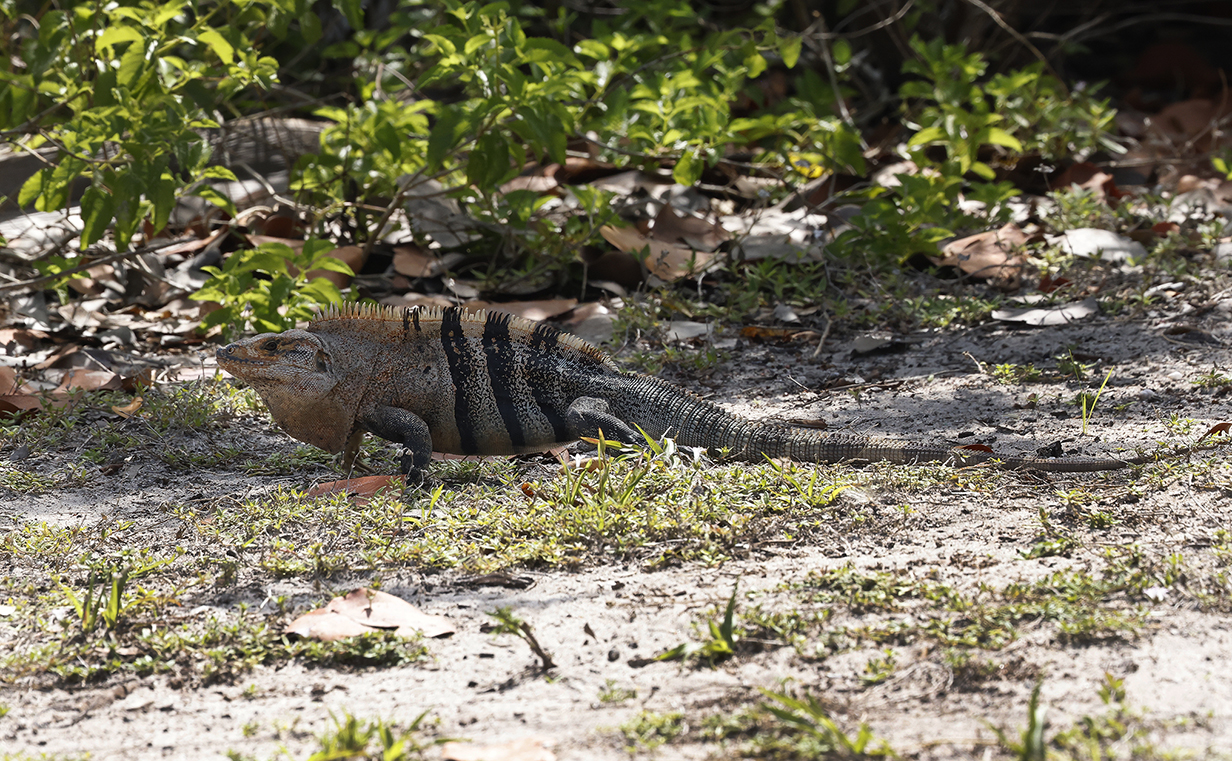
Black spiny-tailed iguana at Key Biscayne. From its color and formidable size -- 4-5 feet long -- I'd say that this is a male that is ready to mate.
Our bird pictures from around the world follow standard ecozones approximately but not exactly:
Birds from the USA and Canada: our house, Hornsby Bend and greater Austin, Texas, California, Hawaii, Canada,
Neotropic birds from Central America and the Caribbean: Honduras, Costa Rica, Panama, Trinidad and Tobago
Neotropic birds from South America: Ecuador, Ecuador 2017, Brazil.
Western palearctic birds: Europe: Germany, Finland, Norway, Europe: United Kingdom, Europe: Spain, the Canary Islands, Europe: Lesbos, Greece, Israel
Eastern palearctic birds: China
Birds from Africa: The Gambia, South Africa
Indo-Malayan birds from India: North-west (Delhi, Uttar Pradesh, Uttarakhand) India: North-east (Assam, Arunachal Pradesh, Meghalaya) India: Central (Maharashtra, Madhya Pradesh)
Birds from Australia, New Zealand.
For our 2014 December trip to India, see this travelog.
For our 2016 May-June trip to India, see this travelog.
For our 2017 April trip to High Island, Texas, see this web site.
For our 2018 March trip to India, see this travelog.
For our 2018 May trip to China, see this travelog.
For our 2018 November trip to China, see this travelog.
For our 2019 April trip to High Island, Texas, see this web site.
For our 2019 July trip to China, see this travelog.
For our 2021 April trip to High Island, Texas, see this web site.
For the 2021 August 3 & 4 migration of Purple martins through Austin, see this web site.
For our 2021 December trip to Ecuador, see this web site.
For our 2022 January-February trip to Peru, see this web site.
For our 2022 July/August trip to Australia and Papua New Guinea, see this web site.
For our 2022 September trip to Bolivia, see this web site.
For our 2022 November-December pre-trip to Argentina (before our Antarctic cruise), see this web site.
For our 2022 November-December cruise to Antarctica, see this web site.
For our 2023 January birding in Chile, see this web site.
For our 2023 January-March cruise from Chile to Antarctica and around South America to Miami, FL, see this web site.
For our 2023 March-April birding in south Florida (after the Seabourn cruise), see this web site.
For our 2023 November-December birding to Sri Lanka, the Andaman Islands, and South India, see this web site.
For John's 2024 February-March birding in Colombia, see this web site.
For our 2024 May-June cruise from Iceland to Jan Mayen Island to and around the Svalbard Archipelago, see this web site.
For our 2024 June 25-30 stay in Paris, see this web site.